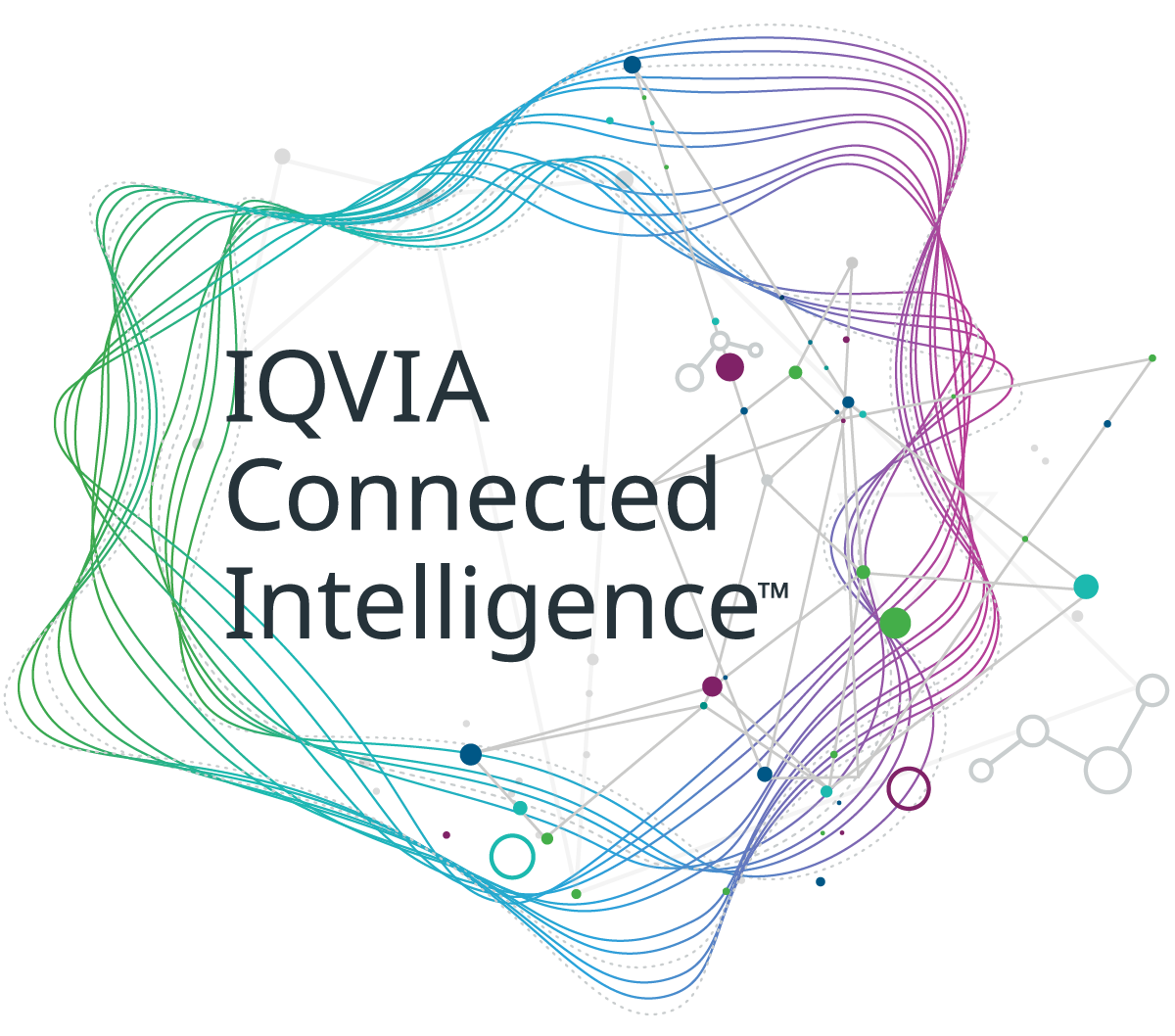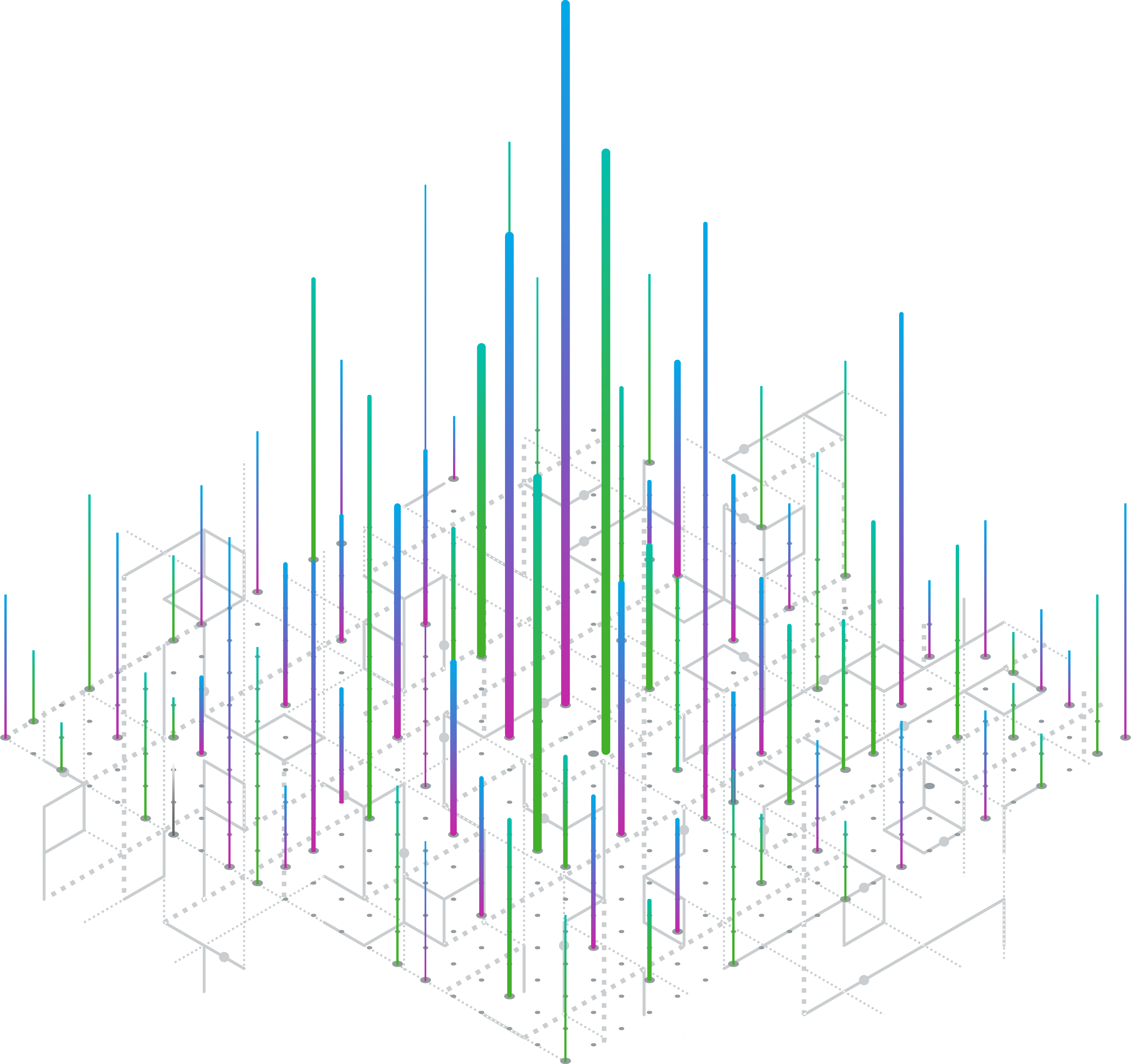IQVIA is using vast quantities of data in powerful new ways. See how we can help you tap into information from past trials, patient reported outcomes and other sources to accelerate your research.
Welcome to the second part of our exploration, "From Screen to Clinic: Learning Healthcare Lessons from the Marvel Cinematic Universe." Building on the themes we uncovered in Part 1, this segment delves deeper into the evolving dynamics of patient engagement, the impact of technology on healthcare, and the crucial role of inclusivity and diversity. As we continue our cinematic journey, we'll draw more parallels between the MCU and modern healthcare, shedding light on how these insights can shape patient care.
Section 4: The Problem of Audience (Patient) Engagement
The MCU’s expansion into various formats, from traditional cinema to streaming services, offers a compelling parallel to the evolving landscape of patient engagement in healthcare. Historically, a visit to the cinema was a special event, akin to traditional in-person doctor visits. However, the advent of streaming services, characterized by their convenience and the phenomenon of binge-watching, mirrors the healthcare industry's shift towards telemedicine, online consultations, and digital health monitoring.
Just as moviegoers now have the choice between the immersive experience of a cinema and the convenience of streaming a series at home, patients today can choose between in-person appointments and virtual consultations. This shift has significant implications for patient engagement. While some patients appreciate the convenience and accessibility of digital healthcare services, others miss the personal connection and reassurance of face-to-face interactions.
The key challenge, akin to the entertainment industry's task of catering to diverse viewing preferences, lies in healthcare's ability to offer a spectrum of engagement options. It's about creating a healthcare experience that can adapt to different needs and preferences, whether it's the traditional, more personal approach of in-person visits or the modern, flexible approach of telehealth. Engagement in healthcare, much like in the cinematic realm, requires a deep understanding of the audience – or in this case, the patients. It involves recognizing that each patient comes with their own set of experiences, beliefs, and expectations. Tailoring patient engagement means actively listening to their concerns, explaining new treatments or technologies in a way that is relatable and reassuring, and providing options that allow them to feel in control of their healthcare journey.
Moreover, just as a successful movie franchise finds ways to appeal to a broad audience without losing its core identity, healthcare providers must find innovative ways to engage with a diverse patient population without compromising the quality and integrity of care. This could involve patient education initiatives, the use of patient-friendly technology, and the incorporation of patient feedback into care planning and delivery.
Ultimately, the MCU's expansion into different formats is a lesson in adaptability and personalization. It underscores that engagement in healthcare, much like in cinema, is not a one-size-fits-all endeavor. The future of healthcare hinges on its ability to offer personalized, adaptable, and accessible engagement options, paralleling how the entertainment industry has evolved to meet the diverse preferences of its audience.
Section 5: The Paradox of CGI and AI: Revolutionary Tools with Complex Implications
The use of CGI (Computer-Generated Imagery) in the MCU has revolutionized the way stories are told, allowing for the creation of fantastical worlds and characters that were once impossible. However, this reliance on CGI has also drawn criticism for overuse and creating a sense of unreality. This parallels the integration of AI (Artificial Intelligence) in healthcare, which, while offering groundbreaking possibilities in diagnostics, treatment planning, and patient management, also raises concerns about the depersonalization of care and over-reliance on technology.
Just as CGI can sometimes overshadow the human element in movies, leading to a disconnect with the audience, AI in healthcare risks creating a gap in the personal touch that is fundamental to patient care. The challenge lies in leveraging AI as a tool to enhance, not replace, the human elements of empathy, judgment, and personal interaction in healthcare.
Moreover, the ethical implications of AI, such as data privacy and algorithmic bias, mirror concerns in the film industry about the authenticity and artistic integrity of CGI-heavy productions. Both industries are tasked with finding a balance: harnessing these advanced technologies to improve outcomes (be it in storytelling or patient health) while staying true to their core principles and maintaining a human connection.
Section 6: Embracing Diversity Beyond the Periphery: Lessons from Culturally Diverse Characters in the MCU
The MCU has made strides in introducing characters from diverse linguistic and cultural backgrounds. However, these characters often remain on the periphery, not fully integrated into the central narrative. This mirrors a significant issue in healthcare: the inconsistent incorporation of race, ethnicity, and language considerations into patient care.
Just as culturally diverse characters in the MCU often lack depth and centrality, patients from diverse cultural and linguistic backgrounds in healthcare systems frequently encounter a one-size-fits-all approach to care. This can lead to disparities in treatment effectiveness, patient understanding, and overall satisfaction. The MCU's approach reflects a broader trend where diversity is acknowledged but not always meaningfully integrated into the main storyline.
Similarly, in healthcare, while there is growing awareness of the importance of culturally competent care, it often does not translate into practice. Patients from minority groups might find their unique needs and perspectives are not adequately addressed, akin to how non-English characters in movies might not receive the same narrative significance or development as their English-speaking counterparts.
The MCU's journey towards a more inclusive and representative storytelling can provide key insights for healthcare systems. It highlights the need to move beyond mere acknowledgment of diversity towards a deeper, more integrated approach. This involves understanding and valuing the unique cultural, linguistic, and health beliefs of each patient, ensuring they are central to their healthcare narrative, not just an afterthought or a peripheral consideration.
Conclusion
The parallels between the Marvel Cinematic Universe and the healthcare industry offer valuable insights. Both fields face the challenge of evolving while maintaining coherence, ensuring diversity without overwhelming their audience, and balancing innovation with legacy. By examining the MCU's approach to these challenges, healthcare professionals can glean lessons on improving patient care and navigating the complexities of modern healthcare. In learning from the world of superheroes, we can strive to be heroes in our own realm, providing compassionate, effective, and cohesive care to those we serve.
The journey through the Marvel Cinematic Universe has served as a mirror, reflecting the diverse and complex needs inherent in modern healthcare. While the parallels drawn from the MCU's narrative and character development have been enlightening, they ultimately guide us toward a deeper understanding of healthcare's imperative: to acknowledge and cater to the varied needs of patients.
The coherence of storytelling, so vital in the MCU, reminds us of the necessity for continuity in patient care. The challenge of integrating new heroes alongside legacy characters in the universe parallels healthcare's need to balance innovative treatments with established practices. Similarly, the introduction of diverse, non-English speaking characters in the MCU, though often marginalized, underscores the importance of inclusivity and cultural competence in patient care.
Moreover, the comparison between the use of CGI in films and AI in healthcare brings to light the need for technology to enhance, not replace, the human element in patient interactions. Each of these insights from the MCU's evolution compels us to reflect on how healthcare systems can better adapt to the individual needs and narratives of each patient.
In conclusion, the lessons gleaned from the Marvel Cinematic Universe are less about learning from its strategy and more about reflecting on its implications for healthcare. They encourage us to strive for a healthcare system that is as diverse and multifaceted as the patients it serves, one that values personalization, cultural competence, and continuity of care. As we move forward, let us keep in mind that at the core of both compelling storytelling and effective healthcare lies the unifying goal of addressing the unique needs and stories of every individual.
Related solutions
Tap into evidence networks in oncology, neurology, immunology, and other therapy areas to enrich your studies.
See how observational health data sciences and informatics (OHDSI), a research collaborative with a global footprint, can expand data access and reduce cost of ownership.


























